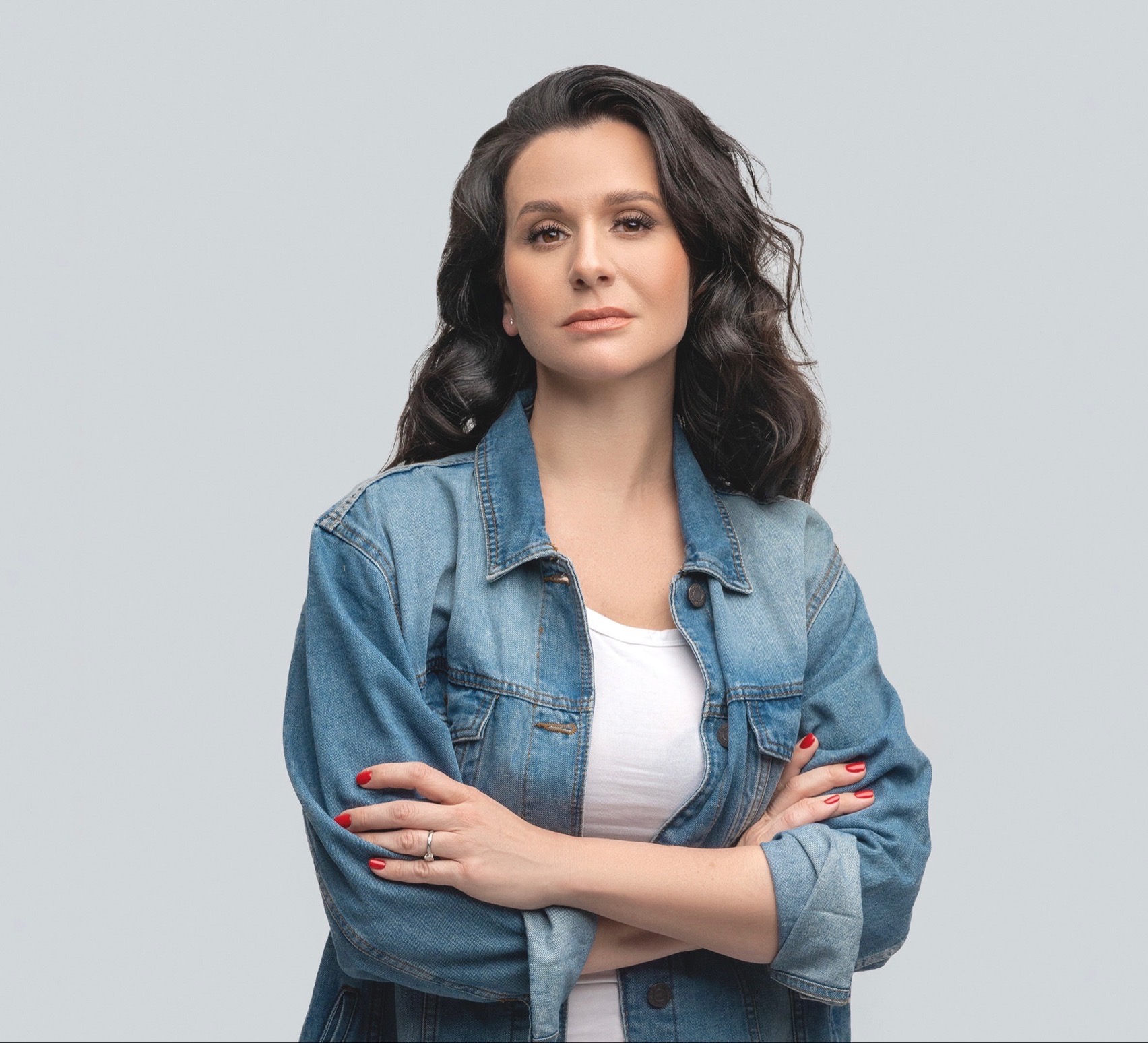
Switzerland breaks ranks with EU on Ukrainian refugee policy

Switzerland will set limits on admitting some Ukrainians in November, saying seven regions of the war-torn nation are safe enough for people to stay. Some people closer to the fighting doubt that’s the case and point to ongoing Russian missile and drone attacks in some of the same areas.
Although Switzerland followed the European Union in extending its temporary protection Status S for Ukrainians to March 2027, the addition of geographical limits on who it may accept marks a split with its EU neighbours, who grant protection without regional distinctions.
From November 1, under new parliamentary rules, the State Secretariat for Migration (SEM) will tighten criteria for temporary protection by classifying Ukrainian regions as either “safe” or “unsafe” for return.
Applicants from the regions of Volyn, Rivne, Lviv, Ternopil, Zakarpattia, Ivano-Frankivsk and Chernivtsi risk rejection, though current holders of status S and their families are unaffected.
Norway leads the way
Non-EU Norway revised its rules on temporary protection for Ukrainians before Switzerland, expanding the listExternal link of regions considered safe for return in January 2025.
The Norwegian Ministry of Justice and Public Security told Swissinfo that since September 2024, Ukrainians arriving from “sufficiently safe regions” are no longer granted collective temporary protection and must apply for asylum individually.
Department adviser Raheela Chaudhry said the security assessment is carried out by the immigration authority UDI using independent sources such as Landinfo, a unit specialised in country-of-origin information, which in turns gathers information from many different sources.
“The list of safe regions may change depending on developments,” she noted, adding that it was expanded to 14 regions in January 2025. The ministry said the move aimed to “keep the influx to Norway controlled and sustainable” after arrivals in late 2023 exceeded the combined inflows of all other Nordic states. While numbers have since dropped, “the isolated effect of this measure cannot be quantified”, Chaudhry said.
‘Safe’ regions under fire
Ivan Gomza, professor at the Graduate Department of Social Sciences and HumanitiesExternal link of the Kyiv School of Economics, told Swissinfo that the logic of dividing Ukraine into safe and unsafe regions was only partly convincing.

He explained that Zakarpattia and Chernivtsi remain among the relatively safe regions of Ukraine, though even these areas have recently been targeted by Russian strikes.

Reuters reported that in August 2025 a Russian missile attackExternal link on an American-owned enterprise in Mukachevo, Zakarpattia, injured 15 people, and in July 2025 drone debris killed two civiliansExternal link in Chernivtsi during a large-scale overnight assault.
Gomza argued that labelling Lviv, Rivne and Ivano-Frankivsk as safe regions was questionable.External link “These cities regularly suffer attacks and energy disruptions. Drawing such a line will be difficult to justify,” he said. He warned that the policy would inevitably be seen as unfair. “In 2023 people were permitted to enter the EU regardless of their region of domicile, while today some wanting to do so will see the door barred.”
сloseUp – Swissinfo’s new first-person mini-documentary format. Watch the full version on YouTube:
Norway raised financial support to Ukraine
Despite being stricter on temporary protection for Ukrainian refugees, Norway has sharply increased its support for Ukraine. The total amount will reach 85 billion Norwegian kroner (CHF6.7 billion), which is 50 billion kroner more than previously planned.
The funds will go to military support such as the procurement of air defence systems, artillery ammunition, drones and the strengthening of Ukraine’s maritime capabilities, including through cooperation with its defence industry.
In addition, Norway will lead a joint initiative of the Nordic and Baltic countries to equip and train a Ukrainian brigade, taking primary responsibility for the training of personnel.
“Russia’s war against Ukraine is a watershed event for Europe and poses a serious threat to European peace and security,” Norway’s Finance Minister Jens Stoltenberg said in April. “Russia’s war of aggression is continuing unabated, and Russia is rapidly rearming its military. I am therefore very pleased that all the political parties in the Storting [Norwegian parliament] have endorsed this increase in our support.”
Switzerland’s support focuses on refugees
Unlike in Norway, Switzerland’s contribution has been overwhelmingly tied to the costs of hosting and integrating Ukrainians within Switzerland, with only a fraction directed to direct aid for Ukraine itself.
Holders of an S permit in Switzerland are entitled to a range of benefits and support. These include access to medical care, financial assistance, and accommodation either with private hosts or in housing provided by the state, such as in Geneva.
This programme provides CHF3,000 ($3,750) per person per year to cantons to support integration measures. Children can attend school, and adults have the possibility to enrol in language courses. Permit holders also have the right to work in Switzerland and are allowed to travel freely across the Schengen area.
On October 8 the Swiss government decidedExternal link to maintain protection Status S for individuals seeking protection from Ukraine until at least March 4, 2027. However, from November 1, 2025, people with Status S will only be allowed to stay in Ukraine for up to 15 days per half-year, instead of 15 days per quarter under the current rules.
According to the Kiel Institute for the World Economy Ukraine Support TrackerExternal link, Switzerland has allocated €4.27 billion (CHF3.97 billion) to Ukraine, almost entirely accounted for by refugee-related costs, while its total aid excluding refugee expenditures amounts to just €930 million.
Norway has provided €6.49 billion in total aid, excluding refugee expenditures, alongside €3.75 billion allocated solely for refugee costs.
The EU maintains uniform protection
In June 2025, the EU extended its temporary protection directiveExternal link for people fleeing Ukraine until March 4, 2027. The Council’s position was represented by Polish Interior Minister Tomasz Siemoniak: “While Russia continues to terrorise Ukrainian civilians with indiscriminate air strikes, the EU continues to show its solidarity with the Ukrainian people. We will continue to offer protection for millions of Ukrainian refugees for another year.”
Unlike Switzerland and Norway, the EU framework does not distinguish between regions of origin and applies equally to all displaced Ukrainians.
Ivan Gomza is sceptical that Switzerland and Norway can sway the EU policy, but he concedes that some member states could cite their example to impose limits of their own, including by age or gender of incoming Ukrainians.
Edited by Reto Gysi von Wartburg/ts

More
Our weekly newsletter on geopolitics

In compliance with the JTI standards
More: SWI swissinfo.ch certified by the Journalism Trust Initiative
































You can find an overview of ongoing debates with our journalists here . Please join us!
If you want to start a conversation about a topic raised in this article or want to report factual errors, email us at english@swissinfo.ch.